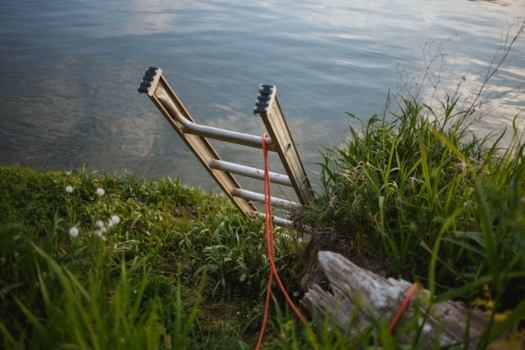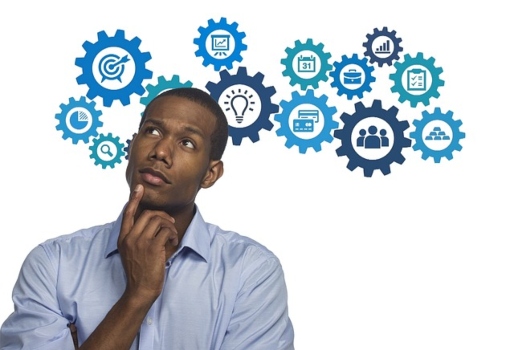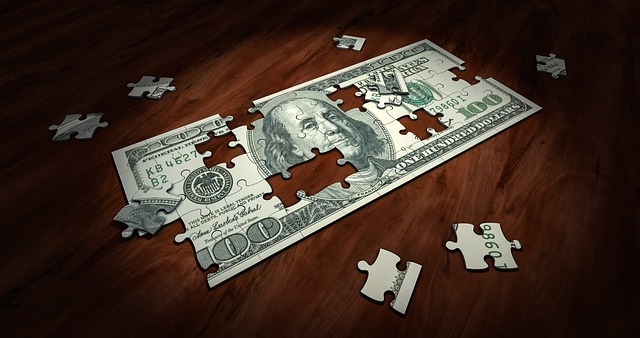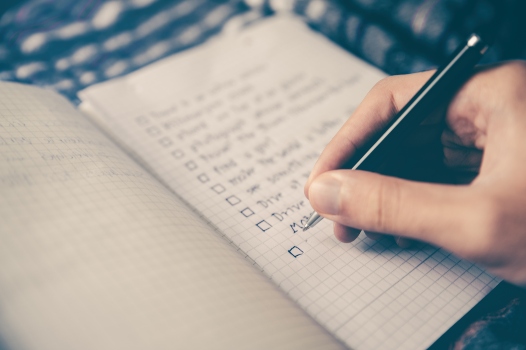You Have the Power of Choice
There’s a saying, “A rut is a grave with both ends kicked out.” Too often we get in a rut and don’t even realize we’re there.

This is how operating a construction company can be.
Plodding back and forth, doing all those things that need to be done, never looking up to see where we are or where we’re going. If we’re not careful the rut will get so deep that we’ll never get out.
This feeling of being stuck can be overwhelming. If we wait too long to do something, that’s when it becomes a grave, and we give up and go out of business. It’s just not worth it.
I could make more money and work less hours flipping burgers.
Last week, we discussed the difference between being self-employed and being an entrepreneur. The question you have to ask yourself is: do I want a job, or do I want to build a business? It’s up to you to decide which you want to be.
Building a business can be scary; it might not work. We know our rut well and it’s comfortable. Doing business because “we’ve always done it this way” isn’t a very good plan.
This kind of rut thinking doesn’t allow for building dreams.

Changing things just for the sake of change isn’t a good strategy either. Growing and changing is good, but there needs to be a plan.
Building without a plan isn’t a good plan, whether it’s a construction project or a business.
Things that need to be changed and are ignored have consequences, i.e., diapers, your car’s engine oil, furnace filters, toothbrushes, and bad habits.
Change costs time and money…the question is: is the change worth it?
Not changing is also costly. It’s up to you to decide which is more expensive.
You have the power to change if you want to. Change is up to you.
It amazes me how many times I’ve talked with people who do construction from their ruts. They tell me all about how frustrated they are with their business. Yet, even when we offer them a ladder to help them out of their rut…they won’t use it.

I understand. I’ve been there. Change can be scary.
I remember when I’d had enough of the rut. Doing things the way I was, wasn’t working.
It was after my partner, at a previous construction company, hired a consulting firm that things changed for me. They came in to help us with the business part of our construction company. It was expensive, but what I learned was worth every penny and it cost a lot of pennies (2 million to be exact).
The sad part is this is…I’m the only one that used the business tools that they gave us.
I’m still in business and they aren’t.
Just talking about doing something or buying tools isn’t the same as doing it…action is required.

If you or someone you know is tired of trudging back and forth in a construction business rut, then let us give you a ladder to help you get out.
You have the power to do this. It is a choice that only you can make.
If you would like some help getting out of your construction business rut, check out our tools and training, or schedule a free 30-minute construction company coaching call.
Portions from a previous post 4/27/19





































